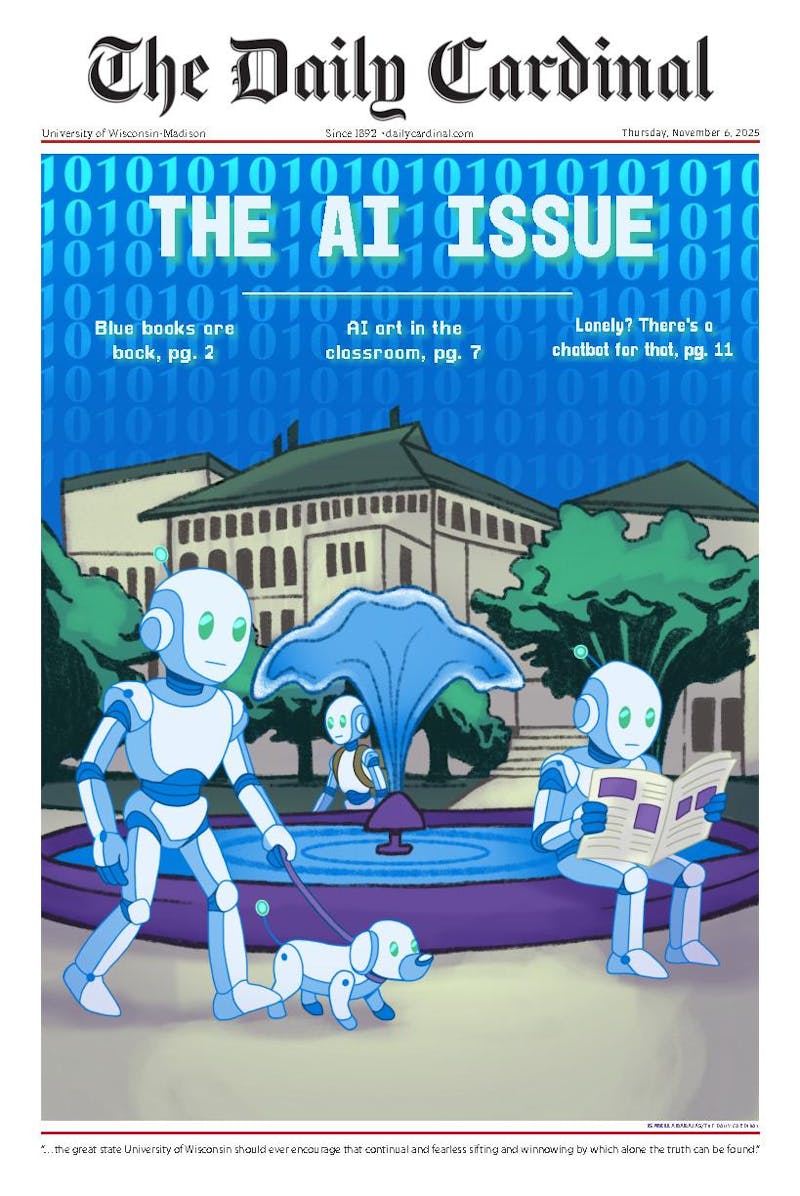MADISON—In the wake of a controversial experiment that saw the starvation death of a test subject, the UW-Madison Department of Psychology concluded that the George L. Mosse Humanities Building is only 6 percent more navigable than the infamous Catacombs of Paris, France.
The study, which was set to continue through May 2017, was nixed following the death of Thomas Sutters, a junior at UW-Madison who fell victim to starvation after becoming lost on the third floor of the Humanities Building. Search teams found Sutters’ body after only three days of scouring the labyrinthine structure, a pace many faculty hailed as miraculous in light of the fact that the previous record for locating missing persons in the Humanities Building was eight days.
Sutters was one of 10 students who agreed to try their hand at navigating the building for a $10 Qdoba gift card. All of the other participants survived, much to the surprise of department faculty. “Honestly, if we can close an experiment like this with a 60 percent survival rate, we’re golden,” remarked one UW-Madison psychology professor. “We did a test just like this in ’06 with Memorial [Library] and only three of 25 kids made it out.”
Project lead Bernard Stenson expressed his condolences to Sutters’ family, adding that they are “lucky to even get the body back at all,” citing numerous incidents of students utterly vanishing in the serpentine building.
Luckily for the Department of Psychology, Sutters signed an airtight release form before participating in the study. In addition, the research yielded has been instrumental in the department’s efforts to determine innate human pathfinding ability. “Aside from Mr. Sutters’ death, this experiment has been a huge success,” Stenson said at a recent psychology conference. “We’ve combined our research with studies conducted by the University of Paris in France and found that our very own Humanities Building is only 6 percent easier to navigate than the Parisian Catacombs.” The Catacombs, which in the Dark Ages were used as burial chambers for Parisian dead, have become famous in modern times for their spooky atmosphere and convoluted geography. “It is amazing to have such a useful resource for this kind of research right here on campus,” Stenson noted. “Not a lot of other universities have buildings that are confusing enough to kill students, and I think that’s just another thing that makes the UW so great.”
At press time, the UW-Madison Department of Geography had begun recruiting cartographers for an expedition to survey the Humanities Building in greater depth.
Study finds Humanities Building slightly more navigable than Parisian catacombs
All articles featured in The Beet are creative, satirical and/or entirely fictional pieces. They are fully intended as such and should not be taken seriously as news.
Support your local paper
Donate Today
The Daily Cardinal has been covering the University and Madison community since 1892. Please consider giving today.





